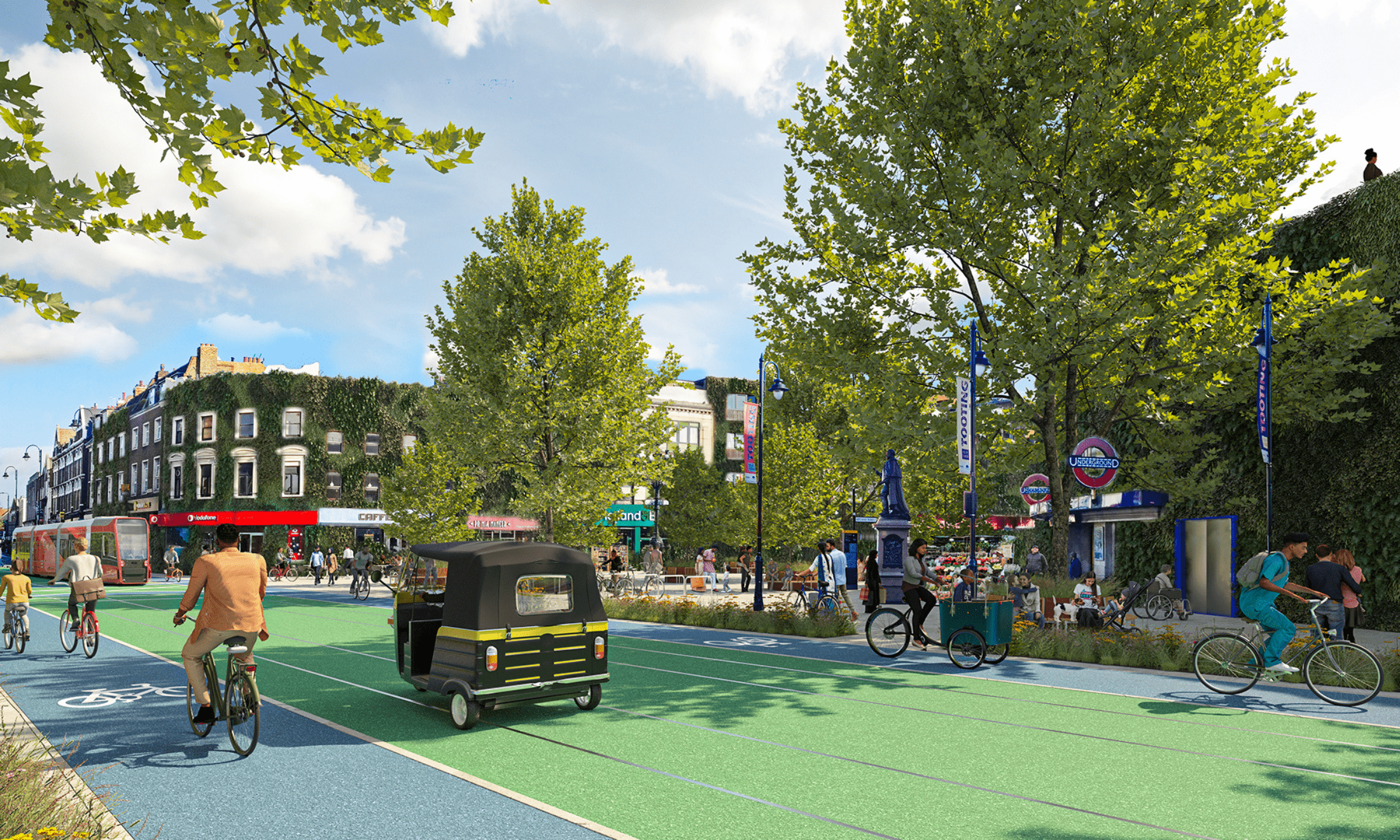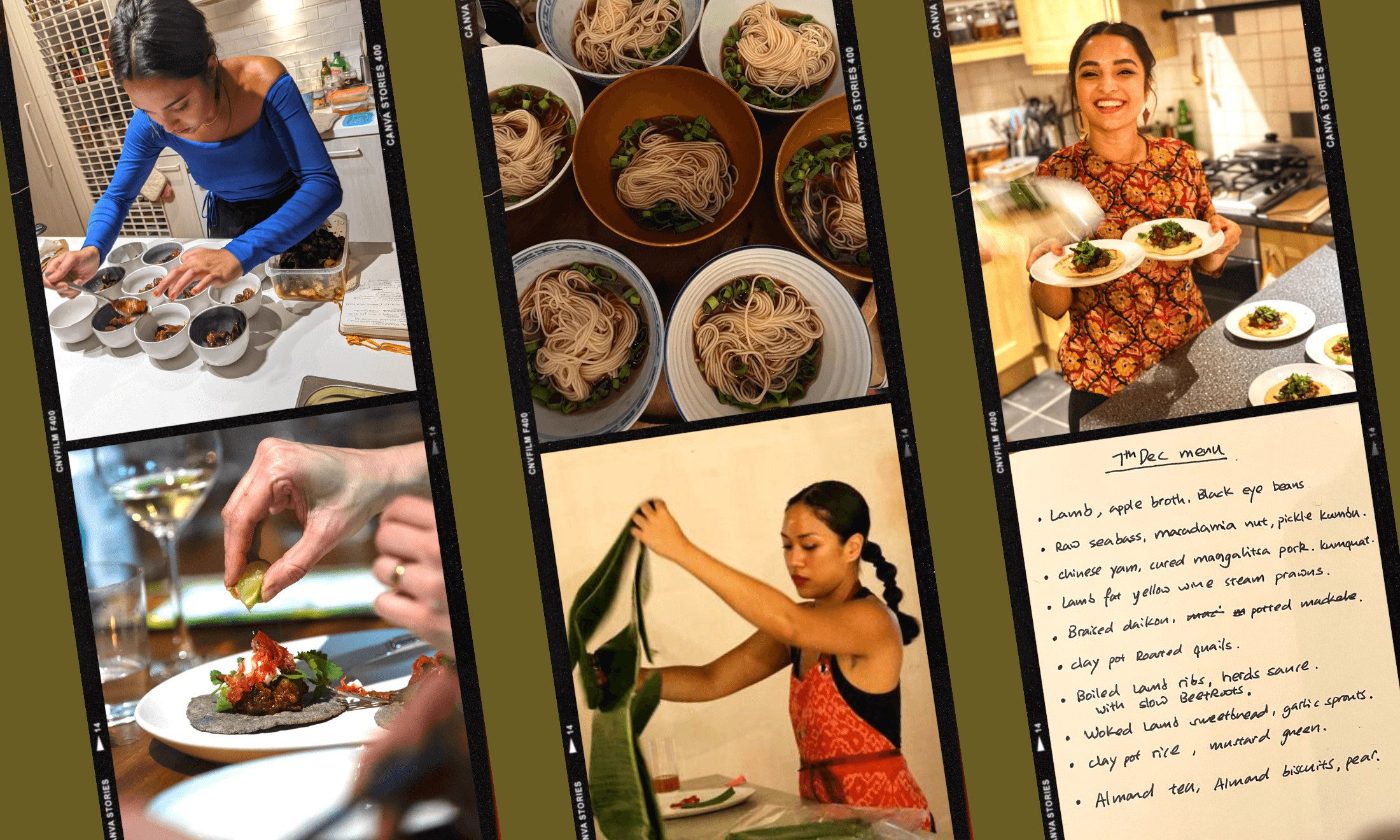
Image by Michelle W
To state the obvious: food is not just about sustenance – among other things – it’s a marker and expression of culture. In the racially polarised Britain I grew up in, food was another marker of the racial differences myself and my other peers of colour were made aware of in our early lives. The food that I ate and enjoyed at home was another thing, on an exhaustive list, which could be used by others to assert my (supposed) racial inferiority. I subsequently compartmentalised the way that I ate as a child – never eating or discussing Filipino food outside the boundaries of my Filipino family and friends.
Not only did I grow up in a Britain where “foreign” food was palpably looked down on, it was also a time when the nuances between Asian cuisines were erased and homogenised by the dominant white culture. Up until now, the term “Asian salad” is still used – usually by White-British chefs – in popular cooking shows to describe dubious salads that incorporate soy sauce in the dressing. In spite of these displays of sheer cultural ignorance, Britain’s relationship with “foreign” food is visibly changing.
“I cannot control the reasoning of those seeking out these ‘foreign’ cuisines but I can point them in the direction of independent, Filipino owned-and-run eateries”
In recent years, there has been a clear shift in rhetoric in Britain’s food industry. Where once the negatively-charged words “smelly” and “pungent” were widely used to describe particular dishes, these have now since been substituted with words like “aromatic” and “fragrant”. The cuisines which were othered have been popularised and are now perceived as “trendy”. My feelings on these recent trends are as mixed as the recent discourse. However, what does not sit well with me is going to an eatery (of a particular nationality) that has been commodified by people (not from that nationality), who then profit without productive acknowledgement for the country, or the people, that they have appropriated the cuisine from.
I cannot control the reasoning of those seeking out these “foreign” cuisines but I can point them in the direction of independent, Filipino owned-and-run eateries that would benefit from a growing customer base. There is a clear distinct presence of Filipinos in the UK (particularly in West London) due to a Bilateral Labour Agreement that began in the latter half of the 20th century between the UK and the Philippines.
In recent decades, the UK has relied on overseas workers such as those that come from the Philippines to fill critical gaps in numerous service industries. According to the British Ambassador to the Philippines Daniel Pruce, there are now 14,000 Filipino nationals working as healthcare workers in the NHS. The mass presence of Filipinos in the UK brought about a demand for Filipino food which has culminated in multiple diverse eateries, different in their choice of menu, adherence to tradition, dining experience, and price point.
“The mass presence of Filipinos in the UK brought about a demand for Filipino food which has culminated in multiple diverse eateries”
If I had to describe Filipino food as simply as possible, I would say the cuisine was a cross between Chinese (a direct result of trading during the Song dynasty) and Spanish food (a result of three centuries of Spanish colonial rule). As a disclaimer, I must relay that this is an extremely basic description of Filipino food that does not take into account important factors such climate, environment, geo-politics etc. National dishes include lechon (roast pork), longganisa (Philippine sausage), adobo (braised meat), pancit (noodles), and kare-kare (oxtail and vegetables cooked in peanut sauce). Ordering these dishes at any Filipino eatery would be a great introduction to Filipino cuisine.

Lutong Pinoy in Earl’s Court
My family’s go-to Filipino restaurant in London is Lutong Pinoy in Earl’s Court. If you have no specific dietary preferences – I honestly do not think you can go wrong with anything on the menu. They do this thing called “Kamayan” which translates to “to eat with your hands” and it is – hands down – one of my favourite dining experiences in London. It is basically a mad amount of really great tasting food (rice, fish, meat, and vegetables, cooked using traditional Filipino methods) – essentially a feast – spread over banana leaves.
Kamayan sa Earl’s Court also does a really great take on this. In terms of individual dishes, apart from the traditional dishes aforementioned, inihaw na liempo (grilled pork), bulalo (beef soup), and lumpiang shanghai (*phat* spring rolls) are some of my family’s favourite dishes at Lutong Pinoy. For those who are vegetarian, the pinakbet (an assortment of cooked vegetables native to the Philippines) is a personal favourite of my mine. Lutong Pinoy is also great for pescatarians as their menu has a mad seafood section – the Ilocano pinakbet under their ‘Gulay’ section is great too.
Another great Filipino food company is Filishack – a Filipino food stand based in Peckham, run by two brothers. Their menu consists of chicken inasal (grilled chicken) and beef adobo (braised beef) in either a rice box, salad box, or burrito(!). Along with tasting great, their meals are great value for money with every item on the menu costing around £4 to £5.

Filishack
You may be thinking that Filipino food does not come across as particularly vegetarian or vegan-friendly. Admittedly, traditional Filipino food as I know it is quite meat-oriented – with a particular partiality to pork. However, there are Filipino food eateries in London which have adapted Filipino food to be vegan and vegetarian-friendly. Oh My Gulay! is another Filipino stand whose menu is solely vegan. You should be able to find them either at Soho Vegan Market or the North London weekly vegan market Vegan Route. Their menu is relatively small which means you cannot go wrong when ordering – although I would recommend going for their kare-kare or their adobo.
I now go onto my three bougee (higher price point) mentions. The first is Romulo Café in Kensington. My mum brought my attention to this place as they sell fresh pandesal (Filipino sweet bread roll) – baked every day in-house. I would recommend having it with their coffee. It is first and foremost a fine-dining restaurant that serves Filipino dishes. Their set lunch menu is pretty good value for money and has two delightful vegetarian options. My all-time favourite Filipino dish is Pansit Palabok (seafood noodles) which feature of their lunch menu for £8. They also do Filipino-inspired cocktails – a special shout-out goes to their Ube martini.

Pepe’s Kitchen
The two remaining bougee eateries are both well-reviewed supper clubs. The first is Pepe’s Kitchen (Camden) and the second is The Adobros (New Cross). Mae, the creator of Pepe’s Kitchen, has been running her supper-club for the past four years. Mae’s supper club serves a four-course menu of traditional Filipino dishes. The vibe that I get from Pepe’s Kitchen is that it attempts to replicate the experience of going to your Filipino auntie’s house and being fed comfort food until you’re full. Her supper clubs are known to be very welcoming, homely, sociable, and above all, great-tasting. On the flip-side, you have The Adobros which is run by two second-generation Filipino brothers, who took inspiration to cook Filipino food from their Filipino mother. Like Pepe’s Kitchen, their menu consists of four-courses. The food that they cook is a refined take on Filipino food without compromising on taste or on flavour.
Most of the restaurants that I have mentioned serve Filipino desserts. Halo-Halo (a mixture of shaved ice and evaporated milk along with other sweet ingredients) is an extremely popular dessert amongst Filipinos. However, some variations of it contain ingredients (such as kidney beans and sweet corn) that you would not usually find in desserts. The feedback I have received on Halo-Halo has been mixed – so order at your own risk.

Romulo Cafe
Another popular dessert amongst Filipinos is Leche Flan (crème caramel) which would potentially be a safer option. When talking about Filipino desserts, the thing which always crops up is Ube. Ube is purple yam and is extensively incorporated into many Filipino desserts. In my personal opinion, the best way of consuming Ube is like an ice cream. Mamasons Dirty Ice Cream in Camden is Europe’s first Filipino ice cream parlour, specialising in flavours that are native to the Philippines. Their entire menu is amazing but I would recommend going for the Ube ice cream sandwich.
The London Barrio Fiesta near Hampton Court Palace is another place to check out. This is a two-day festival (21st-22nd July) and is the largest gathering of Filipinos in the UK. The festival is lined with countless food stalls. I religiously always seek out the turon (deep fried plantain wrapped in filo pastry) or banana cue (Filipino bananas caramalised in sugar).
This is by no means an exhaustive guide but I hope this has been a helpful starting point for those who have never tried Filipino food. For those who have, or the Filipino Londoners reading this, I hope that this has shed light on places you have not yet tried. I want to add to the discourse to dismantle Britain’s past homogenisation of Asian food. I want Filipino food to be a little more distinct in your minds than it was before and that you think of this the first time you bite into a turon (you’re welcome).
So, in the spirit of my mum, and all the Filipino aunties who have ever fed me, kain na! (let’s eat).









